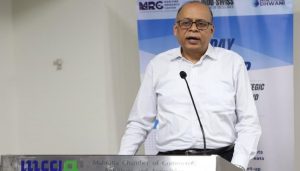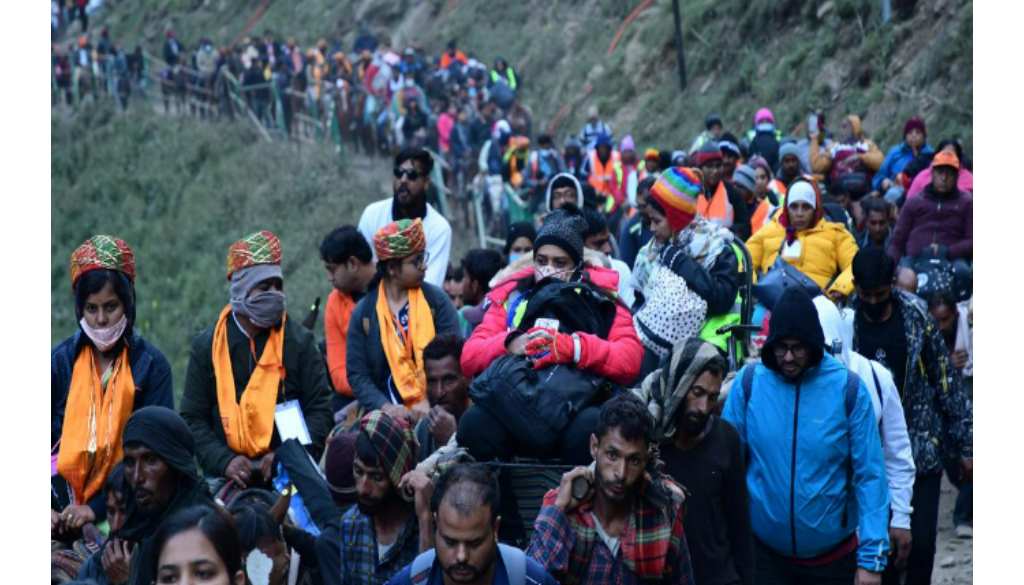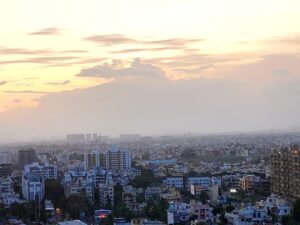LARGEST, MOST POPULAR BUSINESS SCHOOL PROGRAMS WORLDWIDE SEE APPLICATION GROWTH WHILE SMALLER PROGRAMS EXPERIENCE DECLINES
New Delhi, September 20, 2017 – Nearly 3 in 4 (73 percent) graduate business programs with 201 or more class seats report increased application volumes this year compared to 39 percent of the smallest programs (50 or fewer class seats), according to a new application trends survey from the Graduate Management Admission Council (GMAC). The growth among the larger U.S. programs is driven by a resurgence of domestic applications, offsetting declines in international applicants.
Regardless of class size, a majority of programs in Europe, Canada, East and Southeast Asia, and India report growing volumes in 2017, while fewer than half the programs in the United States are growing — with the exception of part-time lockstep MBA and Master in Data Analytics programs.
“Demand for graduate business education remains strong, especially among the largest programs, which tend also to be the most well-known programs with brand recognition,” said Sangeet Chowfla, GMAC president and CEO. “While non-U.S. programs are thriving, a strong economy and a disruptive political climate is likely contributing to the downward trend in application volumes among smaller U.S. programs this year.”
“There has been a significant growth in the number of applications for MBA programs and this demand has been further driven by female candidates for the full time two-year programs” said Mr. Gaurav Srivastava, Regional Director, South Asia, GMAC.
GMAC conducted its 18th annual Application Trends Survey from early June to mid-July 2017. The survey findings are based on a record number of responses from 351 business schools and faculties located in 40 countries representing 965 graduate management programs, including MBA, non-MBA business master’s, and doctoral-level programs. Participating programs received a combined total of 466,176 applications during the 2017 application cycle. Ninety-two percent of all participating programs report that the applicants this year are similarly or more academically qualified than candidates last year.
U.S. Political Climate Impacts International Application Volumes
Recent political events in the U.S. appear to have impacted application volumes from international candidates in 2017. Programs in Europe and Canada are about twice as likely to report growth in international applicants compared with the U.S. Across all program types, just 32 percent of U.S. programs report growing international application volumes in 2017 vs. 49 percent in 2016. Conversely, seventy-seven percent of Canadian programs report increases in international applications (46 percent in 2016), as well as 67 percent of European programs (65 percent in 2016). Despite the Brexit vote, about two-thirds of programs in the United Kingdom have seen international demand grow.
Overall, the 2017 report findings show that international applicants represent 57 percent of U.S. application volumes, 70 percent of Canadian volume, 89 percent of European volume, 20 percent of East and southeast Asian volume, and less than one percent of Indian volume.
Domestic candidates remain an area of strength for the larger, well known U.S. programs. Sixty-nine percent of programs with class sizes of more than 200 report growth in domestic applications, offsetting the fact that only 38 percent of programs similar in size report growth in international applications.
-more-
Women Make Gains in Applicant Pool
The results of the GMAC Application Trends Survey Report 2017 show that women are increasing their representation in the graduate business school pipeline. Today, women represent 42 percent of the total applications received by participating survey programs, up from 37 percent in 2013. Most program types have experienced an increase in the representation of women in the application pipeline. Specifically, among MBA programs women represent 39 percent of applications, up from 33 percent in 2013. More MBA programs report growth in female applicants (44 percent) compared with business master’s (39 percent), whereas the growth rate is similar for men — 40 percent for MBA and 39 percent for business master’s.
Additional Key Findings
- Overall volume to the general part-time MBA program category has been stagnant or on the decline since the Great Recession. Part-time lockstep programs — in which students proceed through a classroom-based program as a group — have seen stronger application volumes than part-time self-paced programs, in which students set their own schedule in a flexible format. Among U.S. part-time MBA programs, 54 percent of lockstep programs report increased volume this year, compared with just 34 percent of self-paced programs.
- Most graduate business programs expect to see employer sponsorship remain stable. About half (52 percent) of part-time, self-paced students are expected to receive employer support, as are 40 percent of executive MBA and 39 percent of part-time lock-step MBA students.
- The level of experience that the applicant brings to the graduate business program has remained relatively consistent in 2017 compared with five years ago. For example, the majority of full-time MBA applicants have between three and 10 years of experience; the majority of executive MBA applicants have 10 or more years of experience; and most online MBA applicants have six or more years of experience.
- Among business master’s programs, applicants tend to have less than one year of work experience; the exception is the Master in Data Analytics candidate who tends to have more experience.








